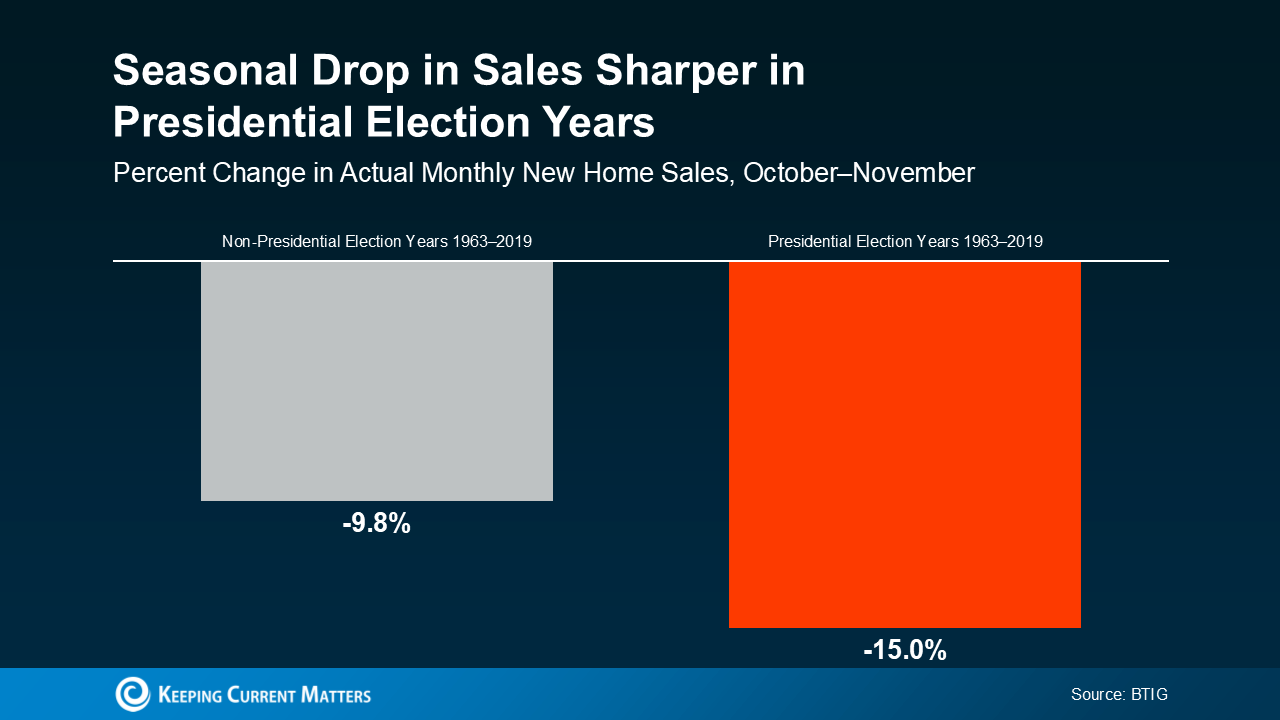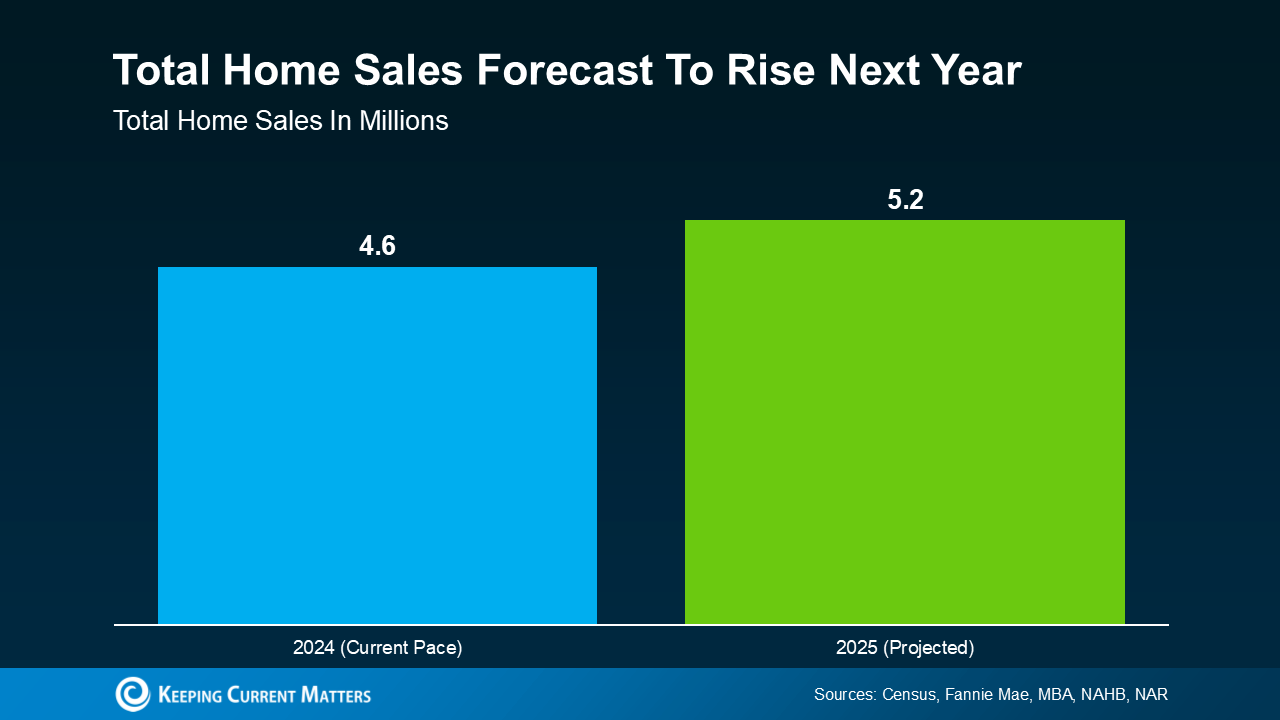1. Revamp Your Kitchen
A well-designed kitchen remains a surefire way to add value. Kitchen improvements can yield a 70 to 80% return on investment when it’s time to sell. Consider replacing old countertops with quartz or granite, updating appliances and refacing cabinetry. Even smaller upgrades like a modern backsplash can deliver great visual impact.
2. Renovate Bathrooms
Remodeled bathrooms are another biggie on a buyer’s wish list. If you go the total renovation route, think about incorporating the latest trends, such as luxurious finishes and spa-like walk-in showers. More affordable options include replacing faucet fixtures, retiling the shower or upgrading lighting.
3. Update Flooring
Outdated flooring is an eyesore for potential buyers. Replace older carpeting or tile with hardwood, engineered wood or luxury vinyl planks. Look for durable, low-maintenance options in neutral tones that will hold their value for many years to come.
4. Extend Living Space With Outdoor Amenities
Outdoor living continues to be a popular choice for increasing your property’s appeal. Whether you take on a DIY project or hire a contractor, adding a patio or deck will extend your living space. Other sought-after amenities include built-in grills, fire pits, pergolas – and for the ultimate upgrade, an outdoor kitchen.
5. Get Smart With New Technology
It’s never been easier or more affordable to incorporate smart technology into your home. Choose from a variety of upgrades that include tech-advanced thermostats, lighting, video doorbells and security systems. These devices provide comfort, peace of mind and can be easily controlled remotely through apps.
6. Invest in Energy Efficiency
Make your home more energy efficient, which not only boosts your property’s appeal but also reduces your bills over the long haul. Consider updating appliances like refrigerators, washers and HVAC systems that meet Energy Star® standards. Other ideas include improving insulation, adding solar panels or replacing old drafty windows.
7. Modernize Your Lighting
Well-placed lighting enhances your property’s ambiance and functionality. Replace outdated fixtures like fluorescent box-style lights or those that don’t provide adequate lighting. Other updates include recessed lighting, dimmers on switches, pendant lights and wall sconces. As a statement piece, consider adding a high-quality fixture above your island or in your main living space.
Enhancing your home’s worth doesn’t require dramatic changes. Whether you’re selling soon or simply want to enjoy a more modern and efficient dwelling, these practical tips will ensure your property remains marketable. Connect with a local real estate professional to learn more.


 Facebook
Facebook
 X
X
 Pinterest
Pinterest
 Copy Link
Copy Link



















